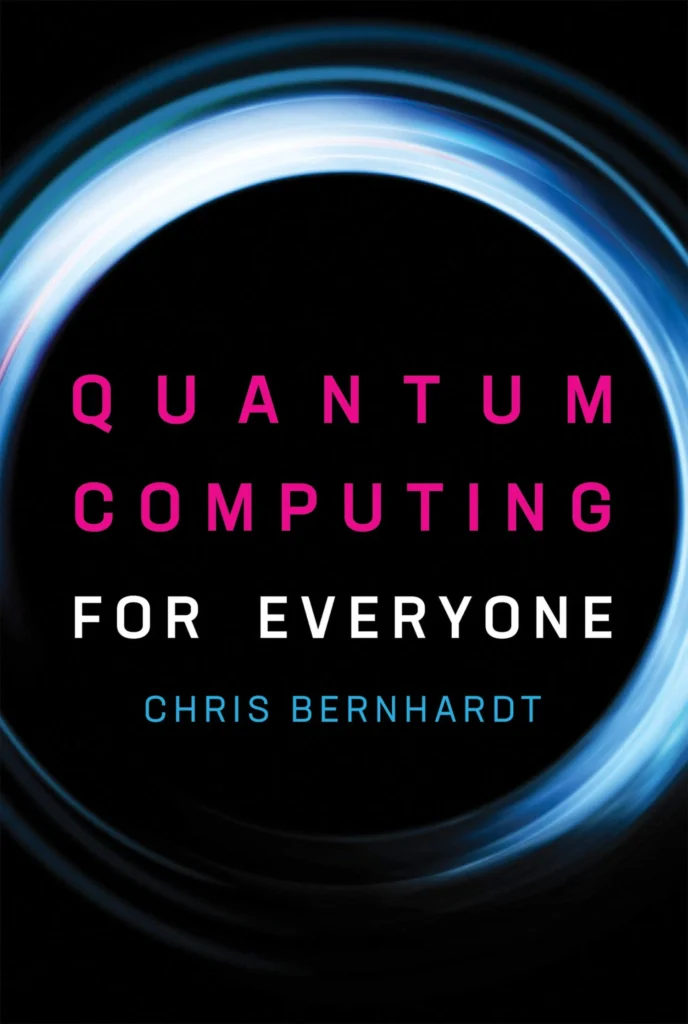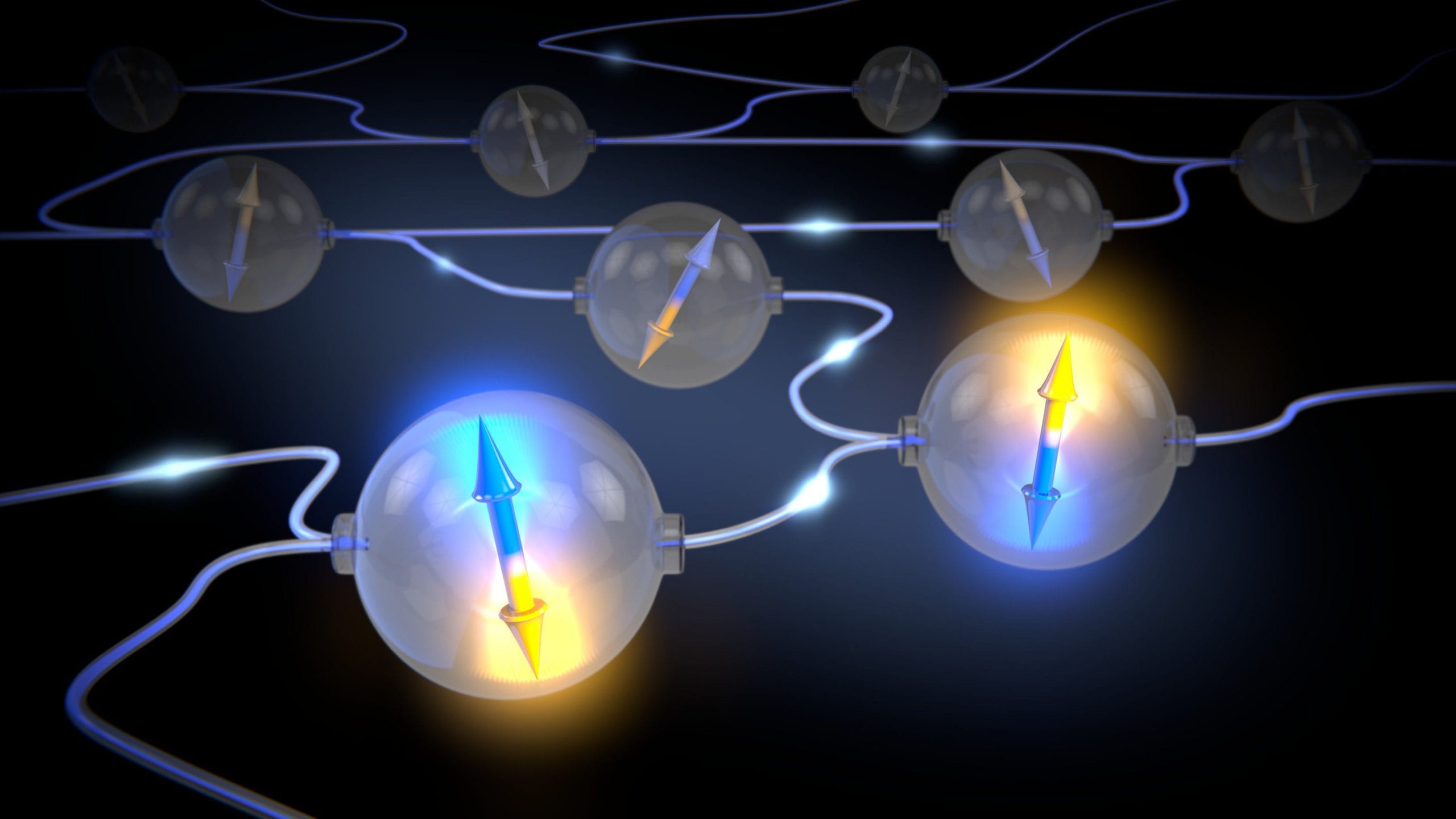The potential of quantum computing is vast, but transmitting information over long distances with entangled particles remains a major obstacle. Even tiny disturbances can disrupt their delicate connection.
To overcome this, researchers have explored stabilizing long optical fibers or using satellites for transmission in near-space vacuum. However, a quantum network requires more than just transmission. Scientists have been struggling to develop a system of interconnected units, or “repeaters,” that can also store and retrieve quantum information, similar to classical computers. This is crucial for extending the network’s reach.
Now, a breakthrough has been achieved. Researchers have created a system of atomic processing nodes that can hold the crucial states generated by a quantum dot, using wavelengths compatible with existing telecommunication infrastructure.
The system consists of two devices: one that produces and potentially entangles photons, and another “memory” component that can store and retrieve the vital quantum states within these photons on demand, without disruption.
“Connecting these two key devices is a critical step towards enabling quantum networking, and we’re thrilled to be the first team to demonstrate this,” says lead author Sarah Thomas, a quantum optics physicist at Imperial College London (ICL).
Developed in part in Germany and assembled at ICL, the new system uses a semiconductor quantum dot, capable of emitting single photons, placed within a cloud of hot rubidium atoms that acts as a quantum memory. A laser controls the memory component, allowing the photons’ states to be stored and released from the rubidium cloud as needed.
While the exact transmission distances haven’t been tested yet (this is a proof-of-concept prototype), the system offers a promising alternative to solely relying on entangled photons for the quantum internet.
“This first-ever demonstration of on-demand retrieval of quantum dot light from an atomic memory is a crucial step towards building hybrid quantum light-matter interfaces for scalable quantum networks,” the team writes in their published paper.
Researchers in quantum computing have long attempted to link photon light sources and processing nodes that store quantum data, with limited success.
“This includes us,” says study co-author Patrick Ledingham, an experimental quantum physicist from the University of Southampton, UK. “We’ve tried this experiment twice before with different memory and quantum dot devices, highlighting the significant challenges involved.”
A key obstacle was the incompatibility between the wavelengths emitted by the photon-emitting quantum dots and the atomic memory nodes used previously.
In 2020, a Chinese team attempted to chill rubidium atoms to achieve entanglement with photons. However, the photons then needed conversion for transmission through optical fibers, introducing noise that destabilized the system.
The memory system designed by Thomas and colleagues offers a wider bandwidth, allowing it to interface with the wavelengths emitted by the quantum dot, while maintaining low noise levels to avoid disrupting entangled photons.
While significant, the researchers are still improving their prototype. They aim to extend storage times, increase the overlap between the quantum dots and atomic nodes, and miniaturize the system. Additionally, testing with entangled photons is necessary.
This is a promising first step, and one day, this technology or something similar could form a global network of robust quantum networks.
Discover:

Quantum Computing for Everyone
$14.99 (25% off)
An accessible introduction to an exciting new area in computation, explaining such topics as qubits, entanglement, and quantum teleportation for the general reader.

